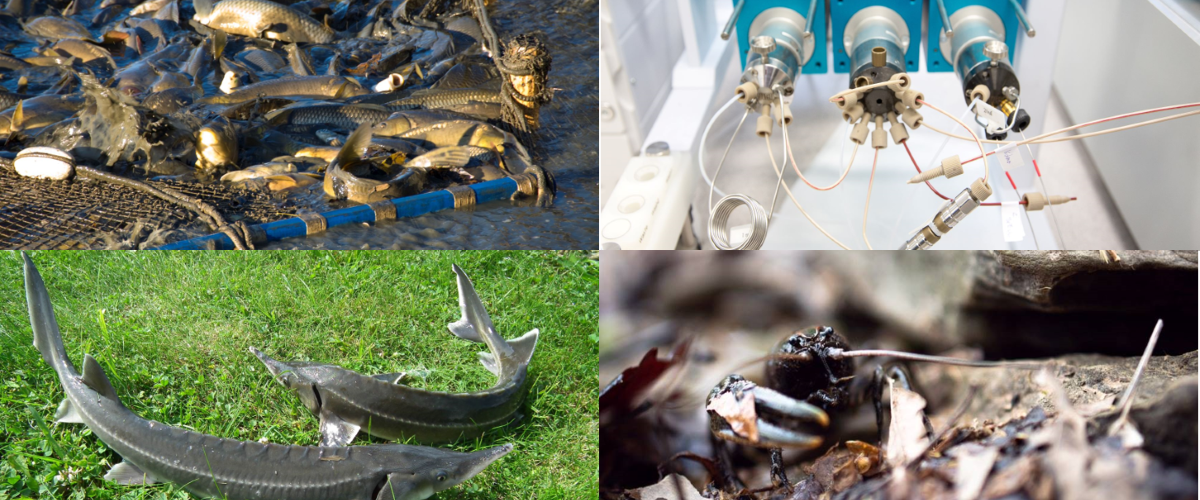
/CENAKVA/
South Bohemian Research Center of Aquaculture and Biodiversity of Hydrocenoses
External cooperation

Institute of Hydrobiology, Biology Centre CAS
Department of Fish and Zooplankton Ecology of the Institute of Hydrobiology BC CAS
The department deals with the research of the highest trophic levels – zooplankton and fish, in large inland freshwater ecosystems, and its research is divided into seven areas covering the ecology of juvenile stages of fish, spatio-temporal ecology of fish, foraging ecology of fish, ecology of fish behavior, population dynamics of fish, ecology of fish and zooplankton communities, and conservation biology. As specialists for surveys of large inland waters, we use a very wide range of unique fishing and sampling means to obtain quantitative, semi-quantitative and qualitative information on the abundance, biomass and composition of fish and zooplankton communities.
Instrumental equipment and methodological know-how
|
Ichthyoplanktonic and fry trawls and seines for sampling young-of-the-year fish in open water, near the flat bottom and in macrophyte beds. |
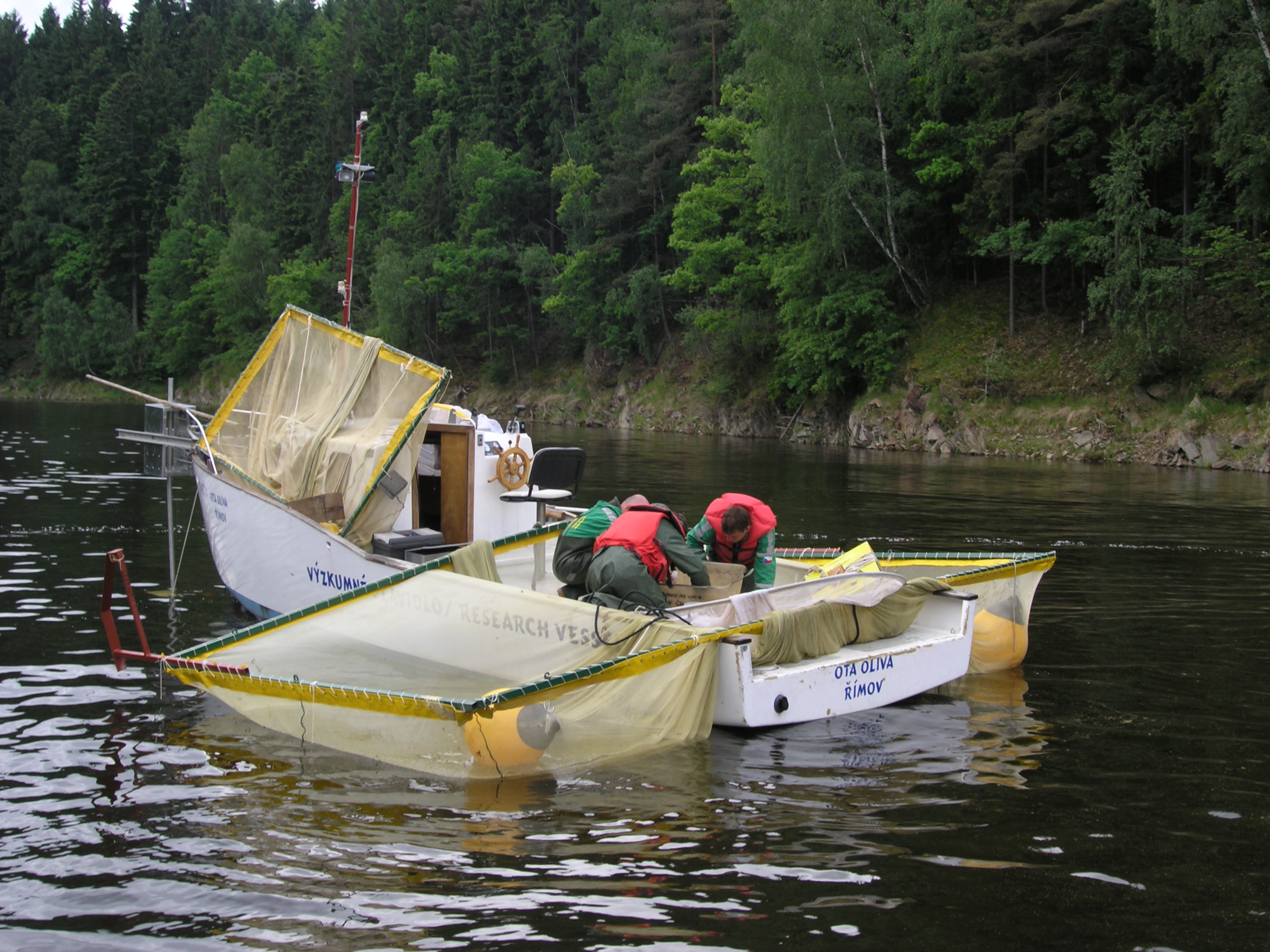 |
|
Trawl nets (several types of frame and frameless trawls up to 10 m height, up to 40 m width, including electrified ones) towed by one or two boats (Ota Oliva - length 8 m, engine power 64 HP, Thor Heyerdahl - length 10 m, engine power 115 HP) for quantitative surveys of pelagic habitats. |
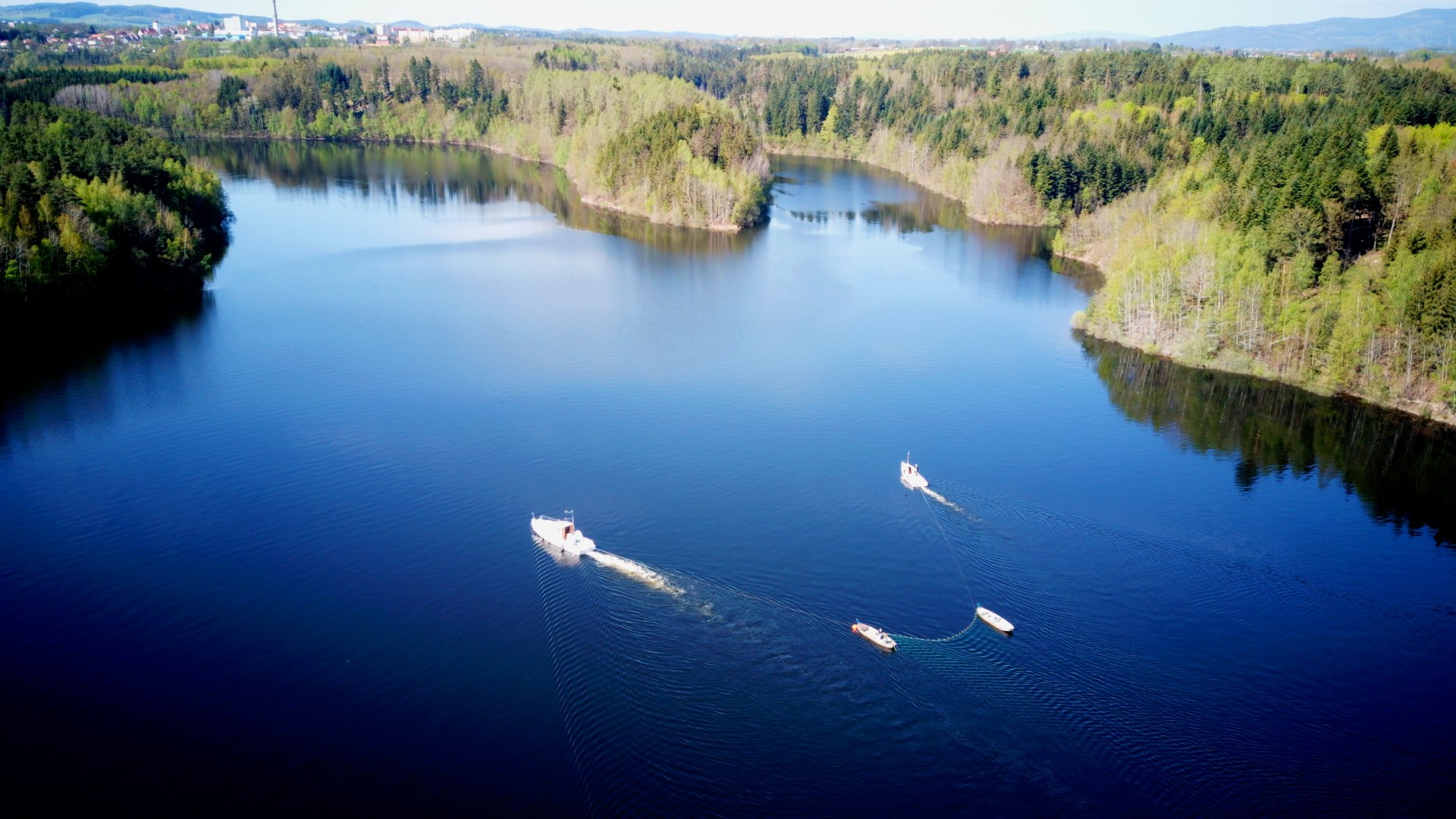 |
|
Purse seines (various types, height up to 12 m, length up to 120 m) distributed from a special catamaran ship for quantitative surveys of pelagic habitats.
|
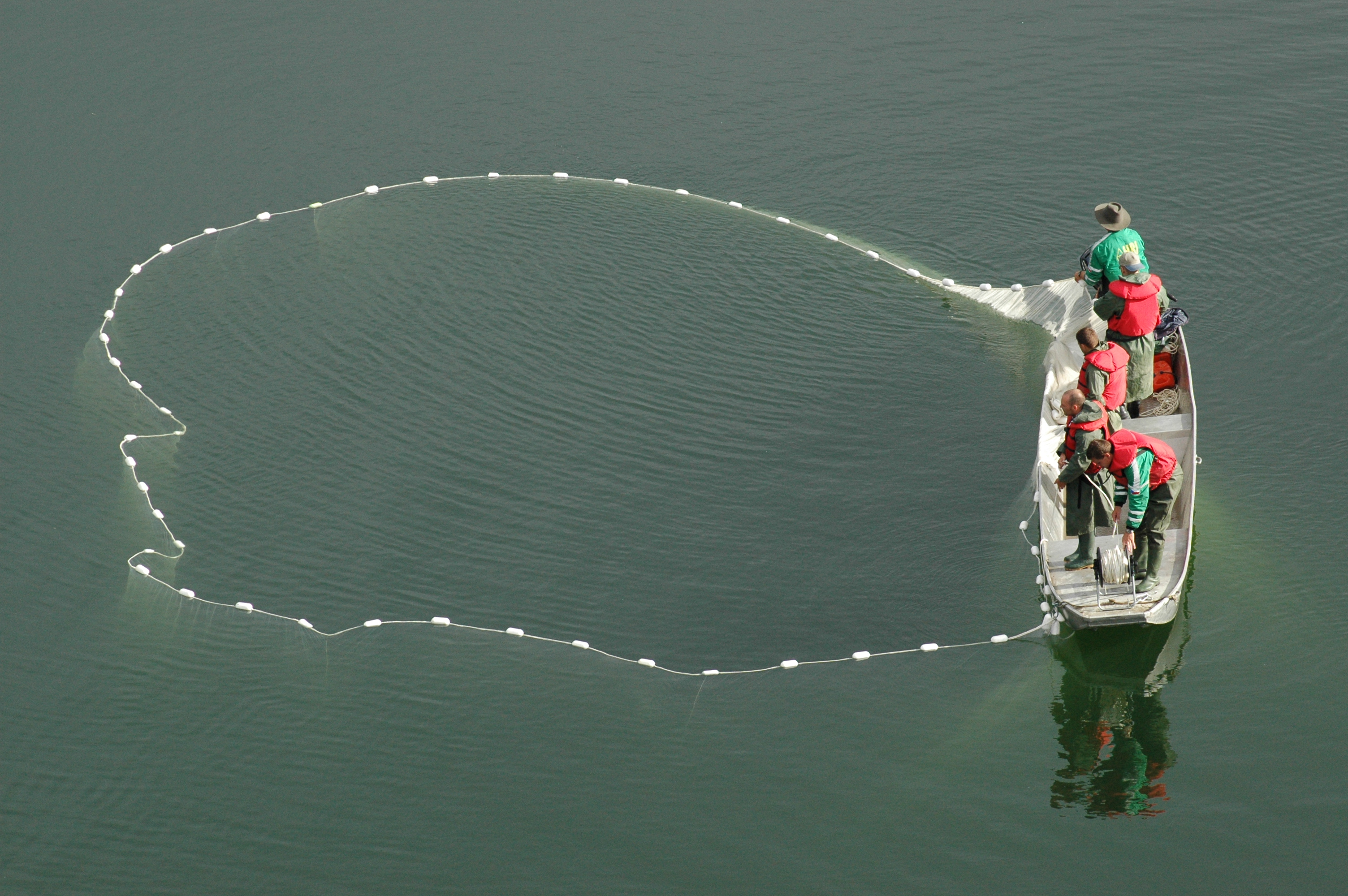 |
|
Beach seines (various mesh sizes, net length 10 to 200 m) for quantitative surveys of unstructured littoral (shallowest benthic) habitats. |
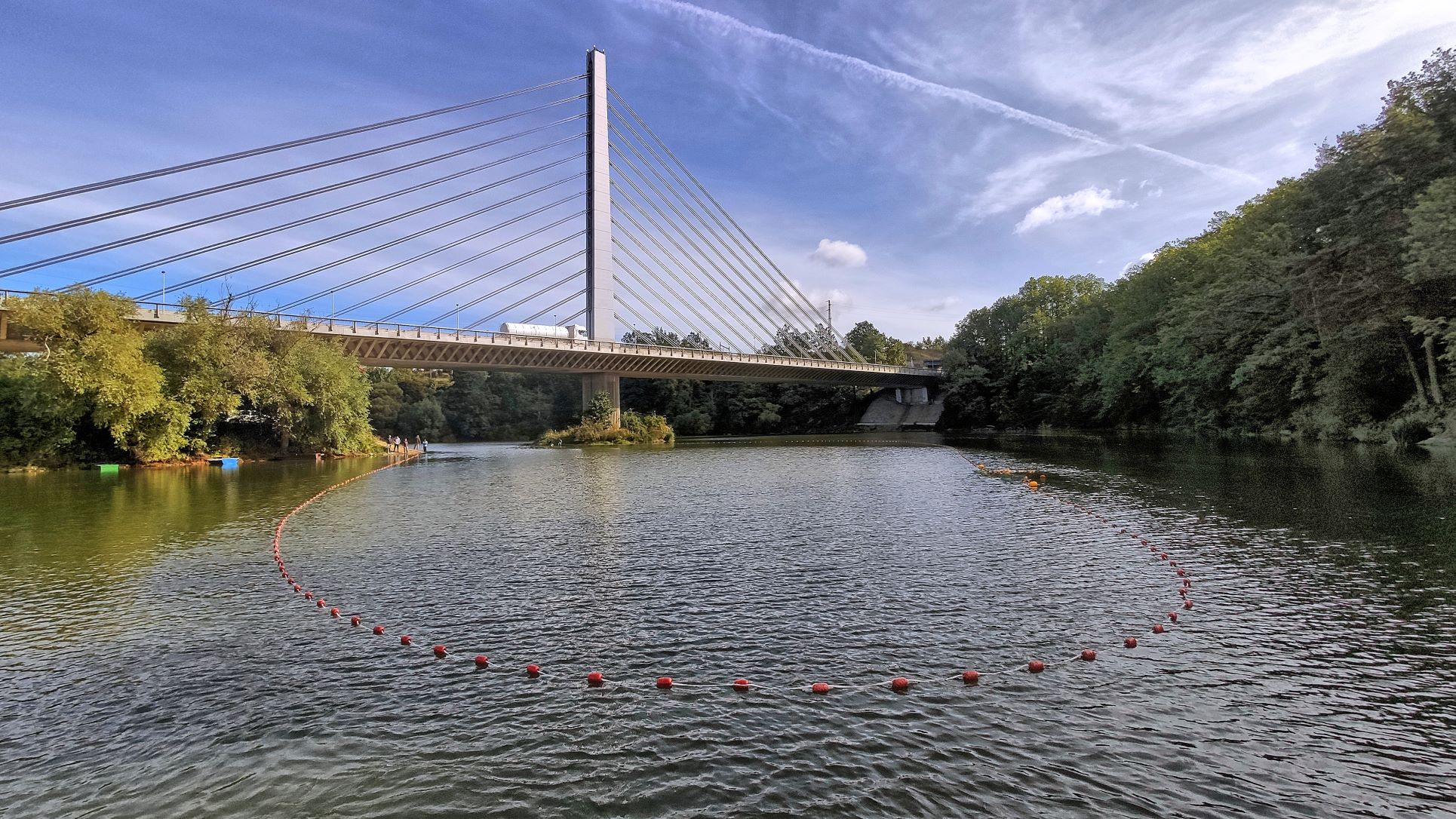 |
|
Electrofishing devices (battery and motor-borne back-pack devices for use in smaller waters, two special 6 m long electrofishing boats equipped with a deep-water aggregate with an output voltage of up to 600 V for surveying deep-waters of reservoirs and lakes) for surveys of structured littoral habitats.
|
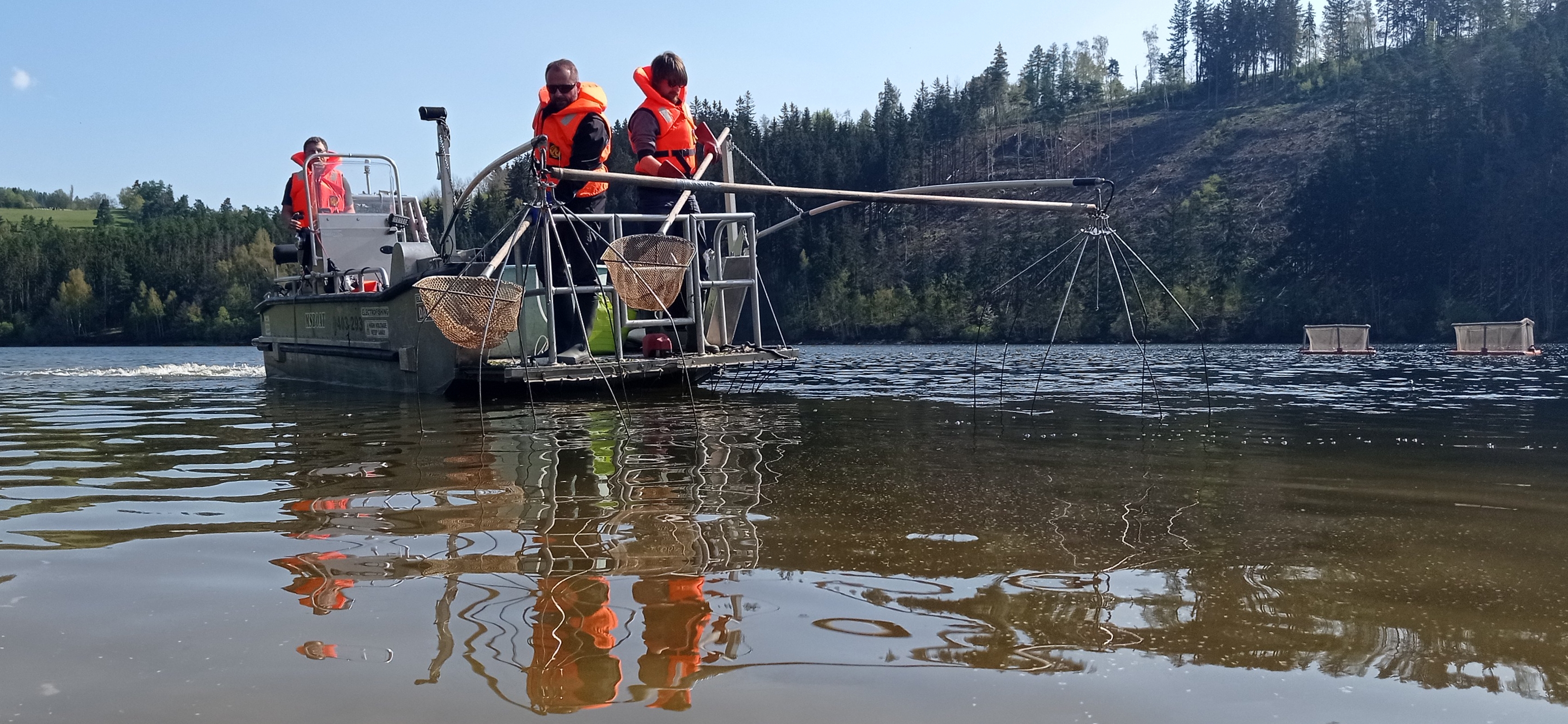 |
|
Multi-mesh gill nets (standardized with twelve mesh sizes ranging from 5 to 55 mm, height 1.5 or 3 m, length 30 m, also large mesh with mesh sizes 70 to 135 mm, height 1.5 or 3 m, length 40 m) installed in a depth-stratified scheme for qualitative and semi-quantitative surveys of all types of benthic and pelagic habitats. |
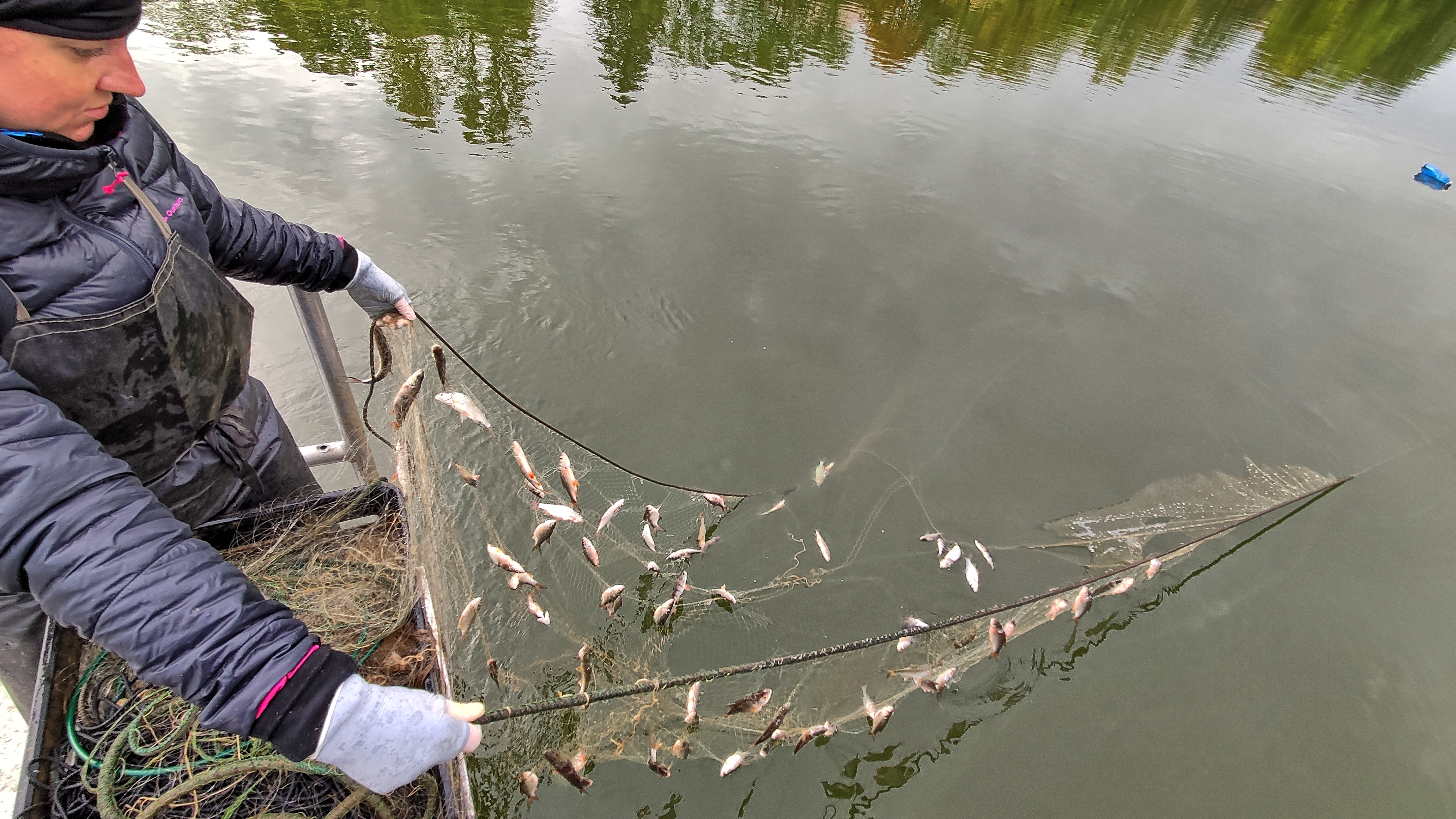 |
|
An acoustic telemetry system (91 Lotek Wireless Inc. type WHS3250 receivers operating at 76 kHz) to monitor fish behavior and occurrence along with environmental background monitoring with HOBO Pendant® temperature/light data loggers and a mobile weather station. |
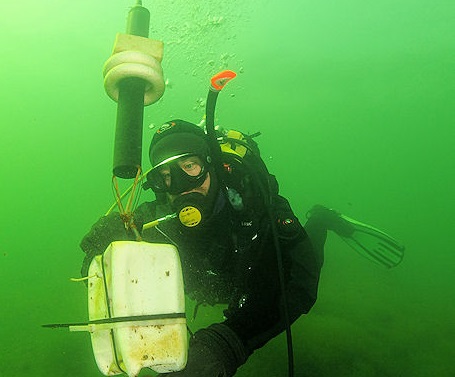 |
|
OregonRFID's passive telemetry system for tracking aquatic animal migrations in smaller streams and reservoirs. |
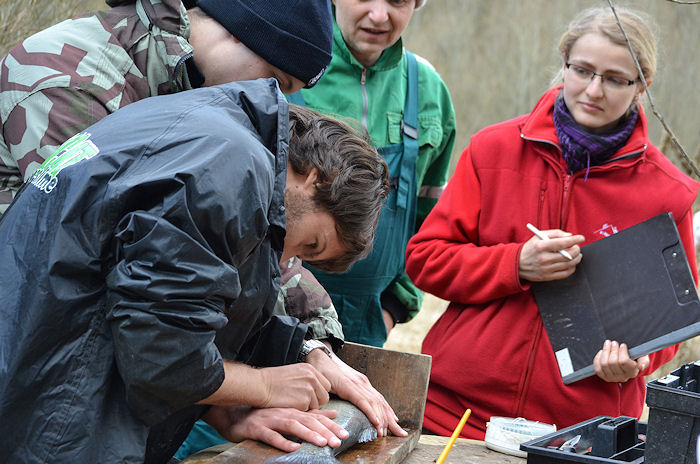 |
|
Remotely controlled cameras (Observer from Subsea Tech, SplashCam Delta Vision HD), a system of self-collecting cameras (GoPro) and scuba divers for direct underwater observations. |
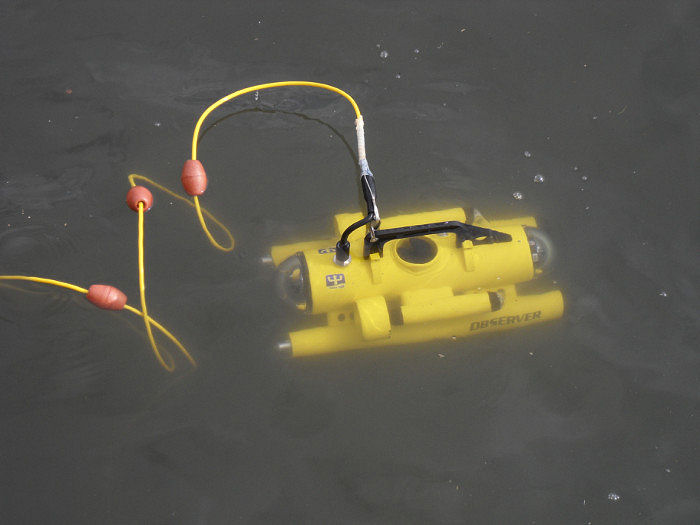 |
|
Surveys of populations size, biology and ecology of European catfish in lakes, reservoirs and rivers using longlines. |
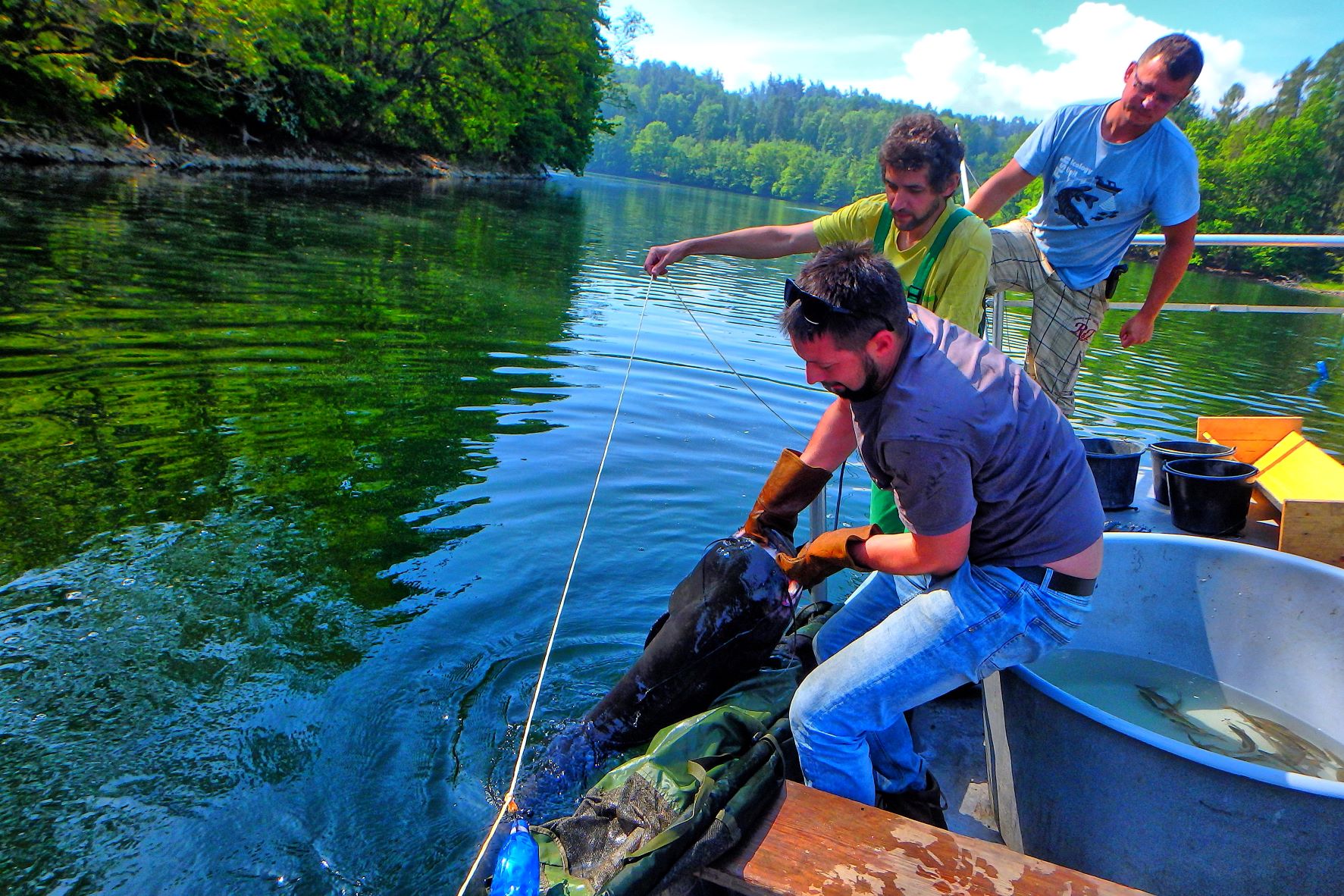 |
|
Acoustic estimates of the abundance, biomass and size composition of fish stocks (vertical and horizontal monitoring) and monitoring the spatio-temporal distribution and behavior of fish in large water bodies (mobile and stationary monitoring) using Simrad EK60 and EK80 echo sounders operating at frequencies 38, 120, 200 and 333 kHz (supporting chirp and continuous signal) and dual-frequency identification sonar (DIDSON). |
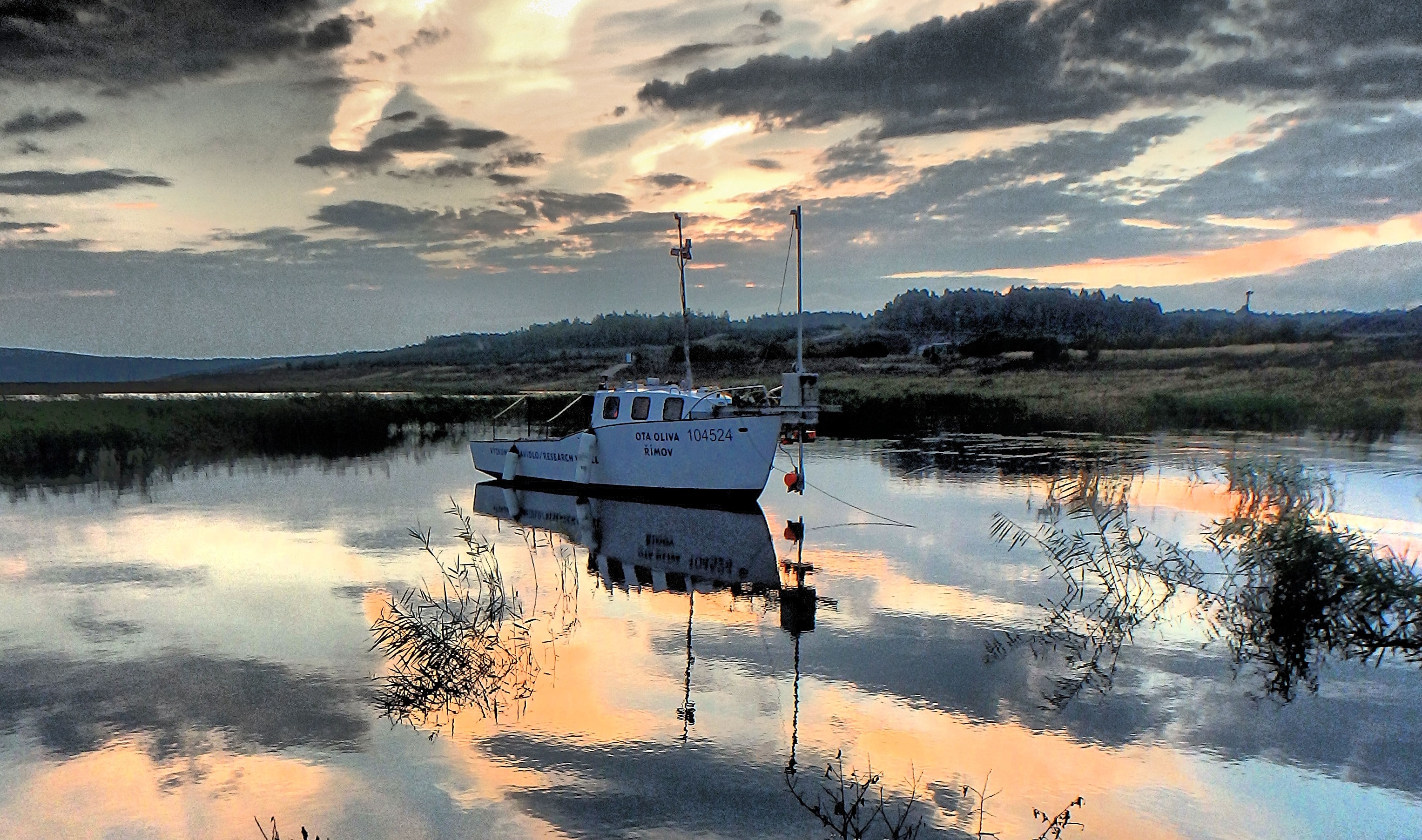 |
| Analyzes of the presence of stable carbon and nitrogen isotopes in various fish tissues to reveal the roles of fish in the food webs of aquatic ecosystems. | |
|
Analyzes of the effects of piscivorous predators on fish populations in flowing and still waters. |
|
| Database of scale, otolith and tissue samples of various fish species, sexes and sizes from 45 locations in the Czech Republic and Europe. | |
Project application process
- The call for access is opened continuously
- The applicant fills in form for access
- The applicant sends the form to the call manager: Jaroslava Dubová -
This email address is being protected from spambots. You need JavaScript enabled to view it. - Wait for the decision of the proposal evaluationu (about 14 days)
- In the case of project acceptance:
- Call manager will send you the agreement to sing – send signed document back to call manager
- Agree with the head of the Department of Fish and Zooplankton Ecology on the project implementation and price calculation
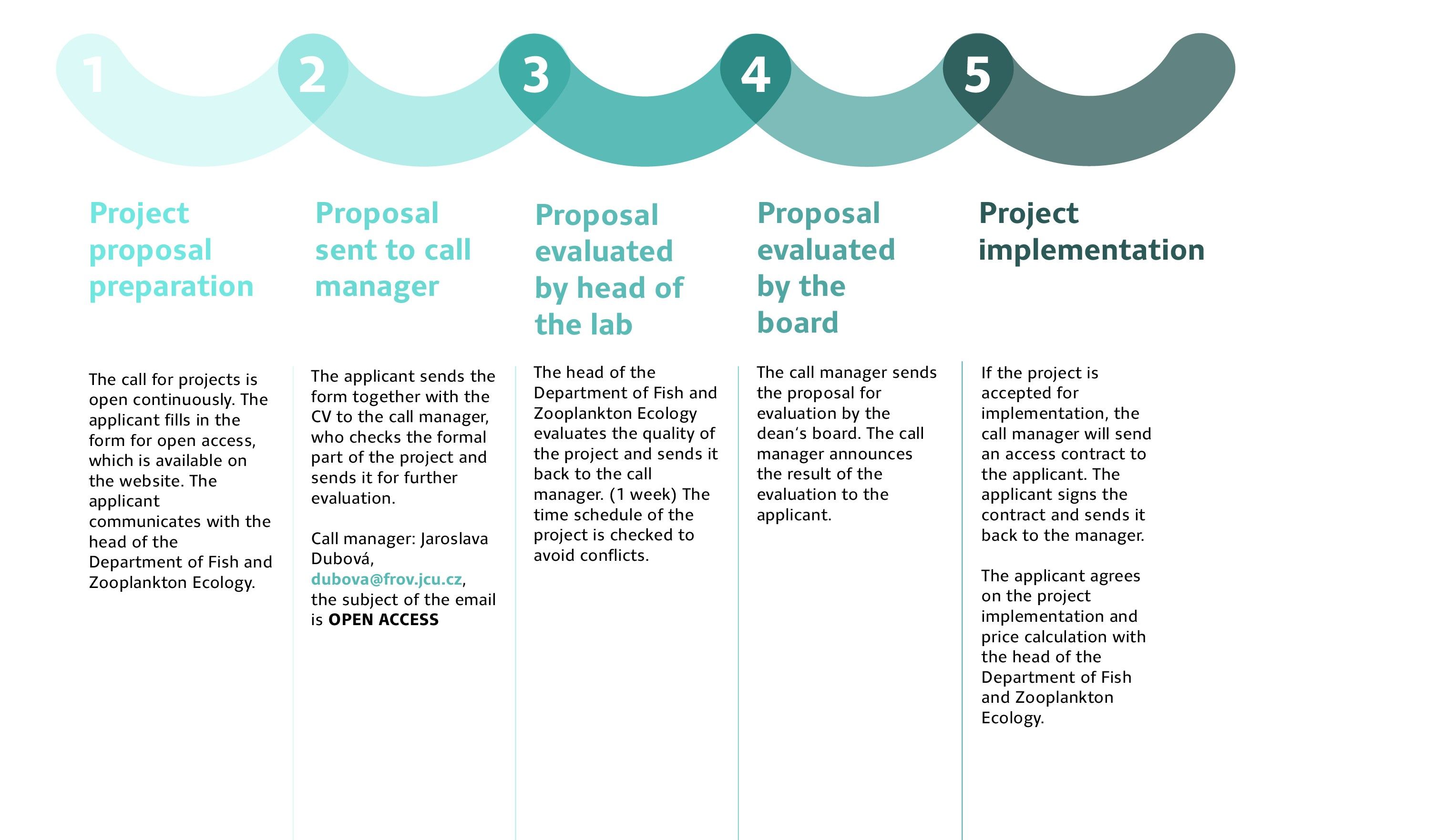
Contacts
-
Mgr. Tomáš Jůza, Ph.D.
-
Institute of Hydrobiology BC CAS, Na Sádkách 702/7, České Budějovice 370 10
-
+420 387 775 838, +420 733 373 139
-
This email address is being protected from spambots. You need JavaScript enabled to view it.
-
Jaroslava Dubová, BBus.
-
Administrator of Open Access
-
Faculty of Fisheries and Protection of Waters, University of South Bohemia in České Budějovice
-
+420 38777 4619
-
This email address is being protected from spambots. You need JavaScript enabled to view it.



